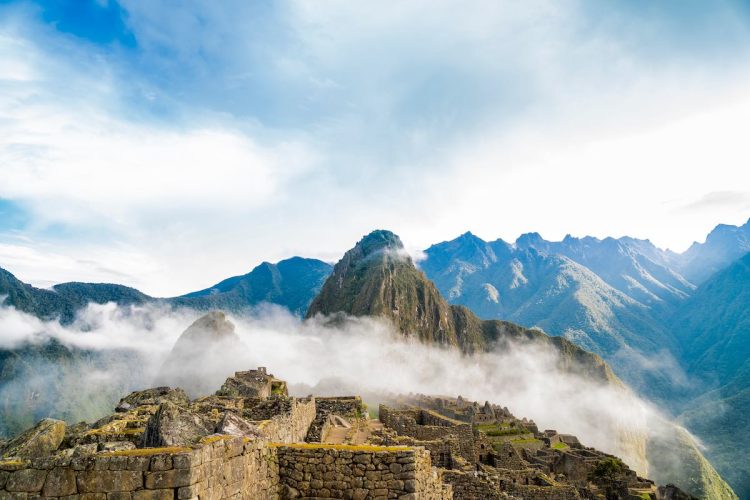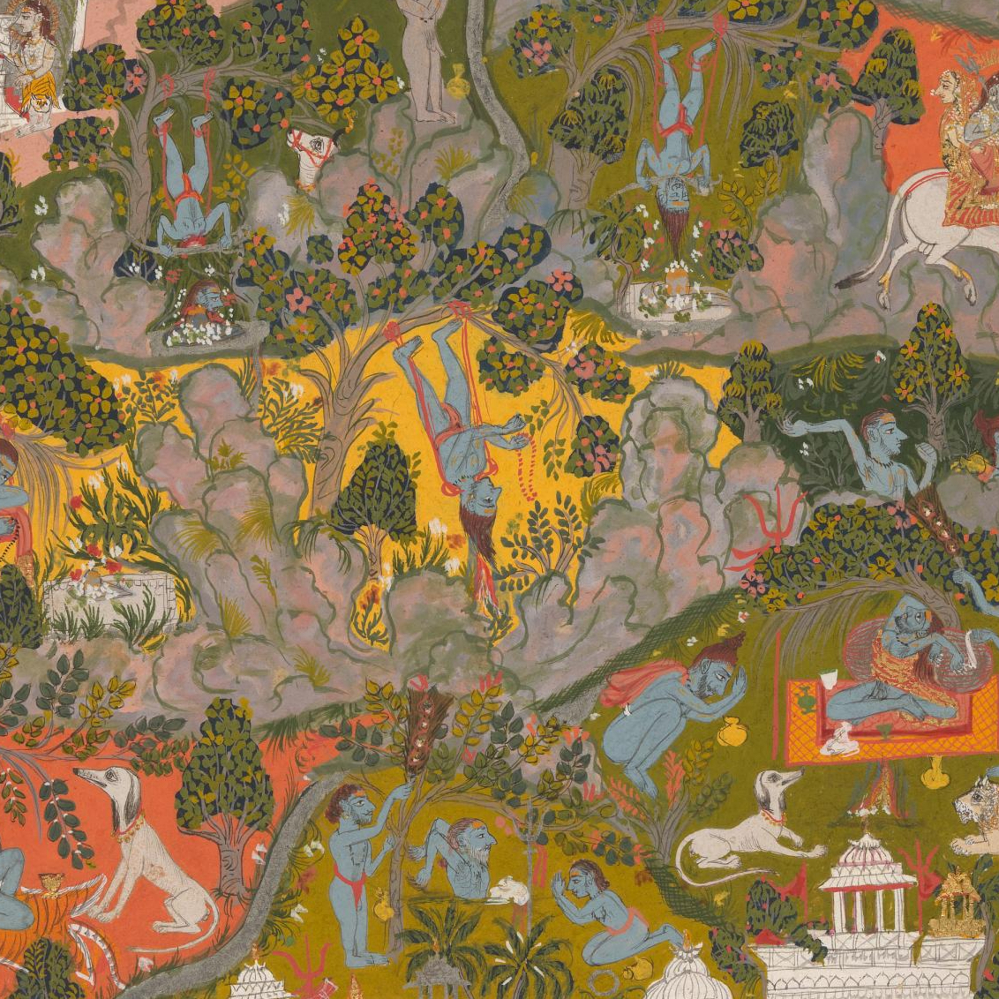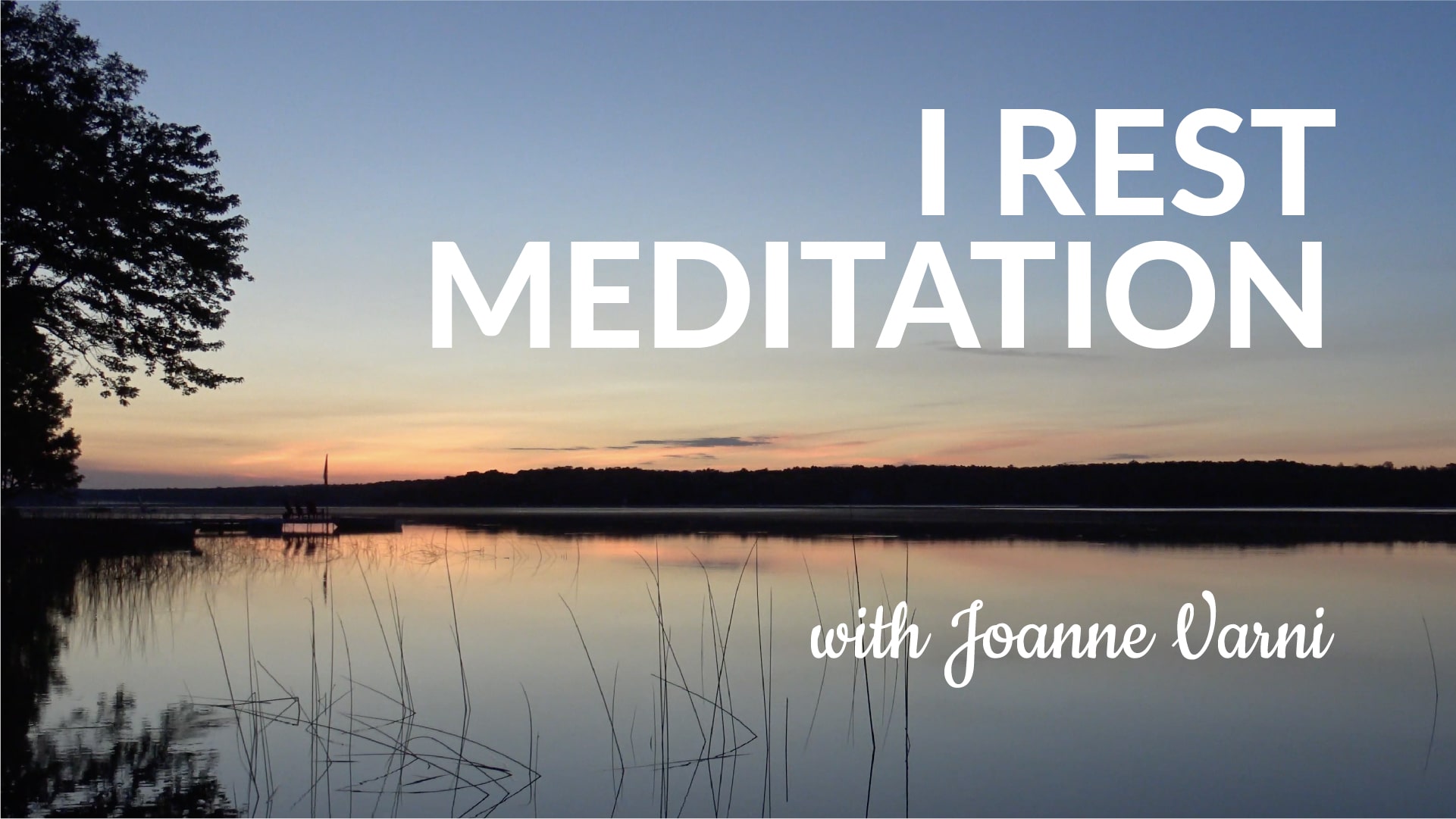I don’t know of a time I’ve been more grateful for nature than these months of surviving the COVID-19 pandemic. Hikes, walks, strolls, jogs, bike rides, meditation sittings – any opportunity to move away from the four walls of my home and commune with what feels like a spirit bigger than me has been phenomenally healing. I see how deeper feelings of awe, gratitude, and beauty surround me as I integrate with nature.
I’ve been reading a book that connects Jung psychology with Shamanism, and it has been like a good friend whom I’ve known forever; I’m able to pick up where we left off on each chapter, and at the same time find myself ingesting new nuggets of learning with every page. The book is titled Change Your Story, Change Your Life: Using Shamanic and Jungian Tools to Achieve Personal Transformation by Carl Greer PhD, PsyD. What I like most is how it combines many of my passions: brain science, personality archetypes, connection with Mother Earth, and Shamanistic/Native American practices in a well-laid-out book that includes research, the author’s personal experience, and journal exercises.
Some of the insights in the book are adding to what I learned experientially while traveling through Peru. This is where I met up with my two soul brothers who are too humble to call themselves shamans, or curanderos (healers or medicine men), and we had many conversations and mystical experiences around connecting with Pachamama (the Andean term for Mother Earth). There is also much symbolism in the mythology and stories of how connected to animals we are in the Andean culture. All over Peru, these animals are seen in statues, artwork, and mosaics:
- Puma: sits poised and still, ready for action or playful pause, with a keen sense of discernment; representative of the “here and now”
- Snake: slithers on the ground, connecting us to the underworld and/or our ancestral roots, including inherited traumatic wounds; when we break old cycles that no longer serve us, just like a snake that sheds its skin, we are reminded we can no longer fit back into the same skin again.
- Condor: the winged raptor that flies above us, a connection with the divine and expansive energy; a reminder that when we zoom out from our day-to-day life with a grander perspective, we see things with a different perspective
This symbolism has been powerful to me, and I have found these animals to be incredible guideposts in life. What I read in the aforementioned book is that Shamanism defines life as a “mythical journey of the soul” and helps us learn how to make choices that are unencumbered from the drama of our past. Shamans teach us how to change our view of the world and therefore our perception of reality. This provides a backdrop for having the skills and senses to consciously choose at what level we wish to let perceptions affect our personal story and our lived life.
Shamans also envision that we inhabit three worlds simultaneously, and many other spiritual practices discuss the “middle path” in a similar way. These worlds are said to exist within us and all around us. In short, they are described as:
- Kai Pacha: the “middle world,” which might define the tapestry for our everyday experiences; the primal energy of this world is survival, but when balanced and secure, we can focus on mindfulness and present-moment awareness (puma power).
- Uku Pacha: the “lower world,” that of our unconscious and house of psychological wounds, ancestral baggage, past life influences, and as-yet-realized potential (snake energy)
- Hanan Pacha: the “upper world,” also known as the world of our becoming, future potential, and possibilities; this may also be a link to where our destiny or purpose feels in alignment with our actions, as if we are “divinely inspired” (condor symbolism).
In my personal experience, when I tap into the feelings and knowledge of my part in these three worlds, I find myself transformed into a place of balance and ease, as well as clarity and courage. I am not saying that challenges do not arise in life, as they do and continue to unfold along my path, and yet there is a deeper sense of knowing and trusting and believing in guidance available throughout the journey. I am grateful to have been exposed to Shamanic practices and feel like a baby puma on the savannah: ready to learn more about how to operate in this world of interconnection, seeing where nature supports one another in symbiotic relationships.
















